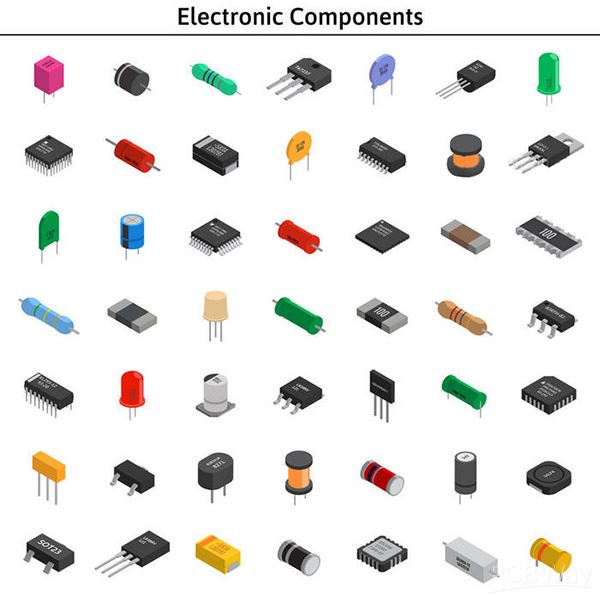In the realm of electrical power, the transition from alternating current (AC) to direct current (DC) has been a significant milestone. This shift has revolutionized various industries and shaped the way we harness and utilize electricity. In this blog post, we will delve into the reasons behind this transformation and explore the implications it has had on our modern world.
- Understanding the Basics:
To comprehend why AC changed to DC, we must first grasp the fundamental differences between the two. Alternating current, as the name suggests, periodically changes its direction, while direct current maintains a constant flow in one direction. AC is generated by power plants and is more suitable for long-distance transmission, whereas DC is commonly used in electronic devices and renewable energy systems. - The War of Currents:
The late 19th century witnessed a fierce rivalry between two brilliant inventors, Thomas Edison and Nikola Tesla, known as the War of Currents. Edison championed DC, while Tesla advocated for AC. Edison's DC system had limitations in terms of transmission distance, requiring power stations to be located close to consumers. On the other hand, Tesla's AC system allowed for efficient long-distance transmission, thanks to the use of transformers. Ultimately, AC prevailed due to its superior ability to transmit electricity over vast distances. - Advantages of AC:
AC offers several advantages that have contributed to its widespread adoption. Firstly, AC can be easily transformed to different voltage levels using transformers, enabling efficient transmission and distribution. Secondly, AC motors are simpler, more reliable, and cost-effective compared to their DC counterparts. Lastly, AC power can be generated more efficiently at power plants, making it the preferred choice for large-scale electricity production. - Rise of DC:
While AC became the dominant form of power transmission, DC has experienced a resurgence in recent years, driven by technological advancements and specific applications. One notable example is the adoption of DC in data centers, where it offers higher energy efficiency and better integration with renewable energy sources. Additionally, DC microgrids are gaining popularity in remote areas and off-grid systems, providing reliable and sustainable power solutions. - Impact on Renewable Energy:
The shift towards renewable energy sources, such as solar and wind, has also influenced the transition from AC to DC. Solar panels and wind turbines generate DC power, which needs to be converted to AC for grid integration. However, with the development of more efficient and cost-effective DC-to-AC inverters, the direct use of DC power in homes and businesses is becoming increasingly feasible, eliminating the need for multiple conversions and reducing energy losses.
Conclusion:
The evolution from AC to DC has been driven by a combination of historical events, technological advancements, and changing energy needs. While AC remains the backbone of our power grid, the rise of DC in specific applications highlights its unique advantages. As we continue to explore cleaner and more sustainable energy solutions, understanding the reasons behind this transition becomes crucial for shaping the future of power generation and consumption.
